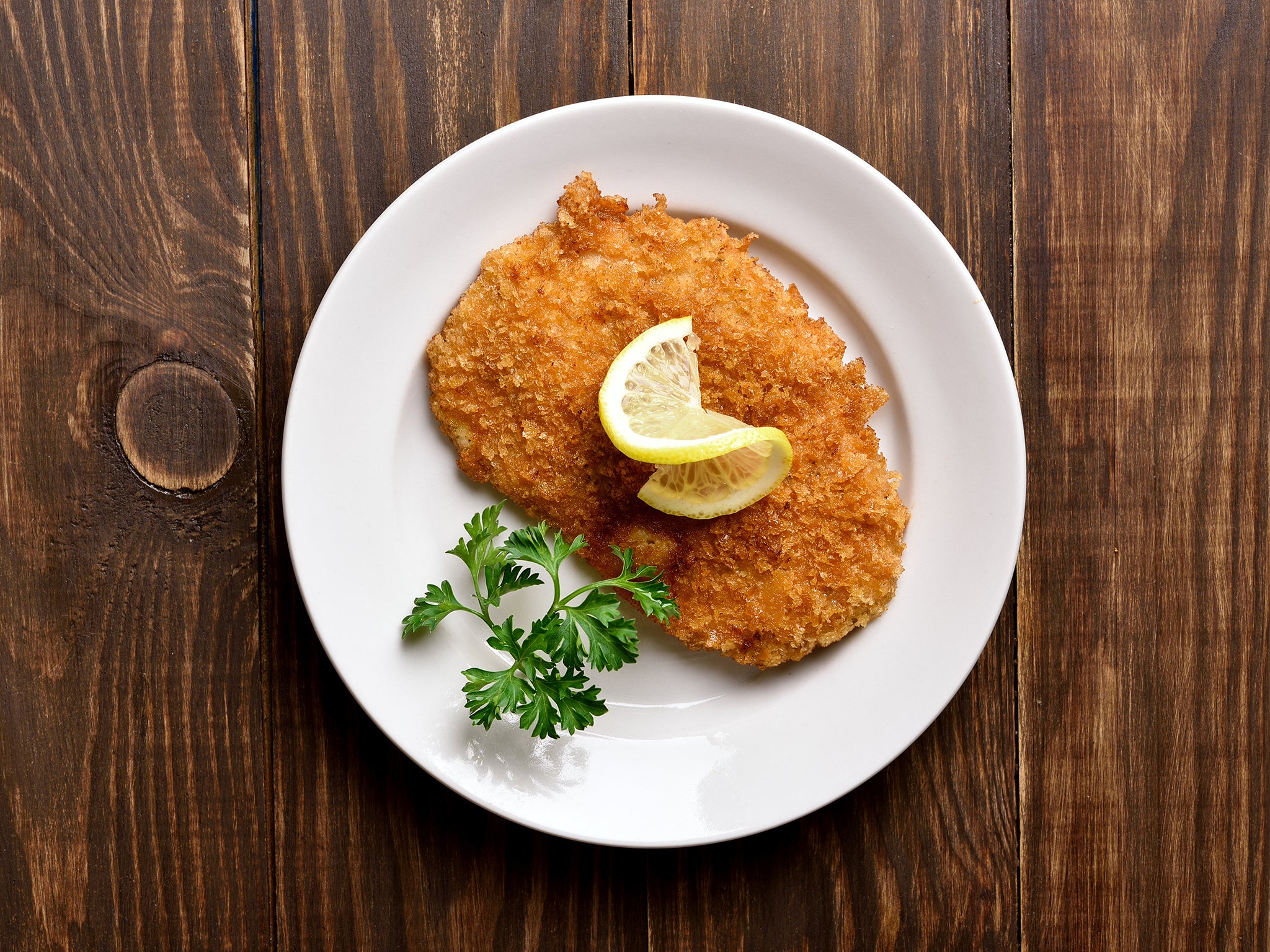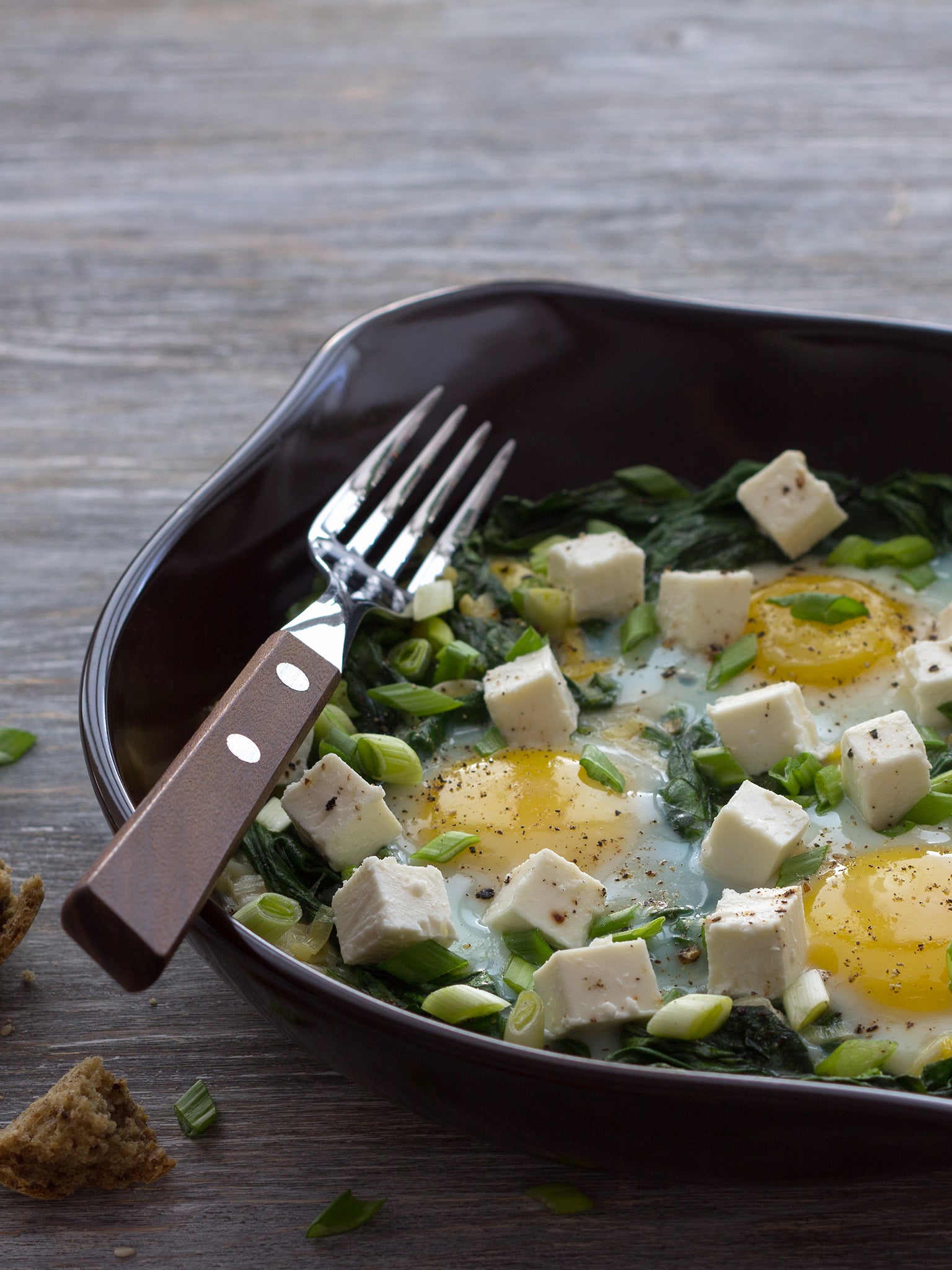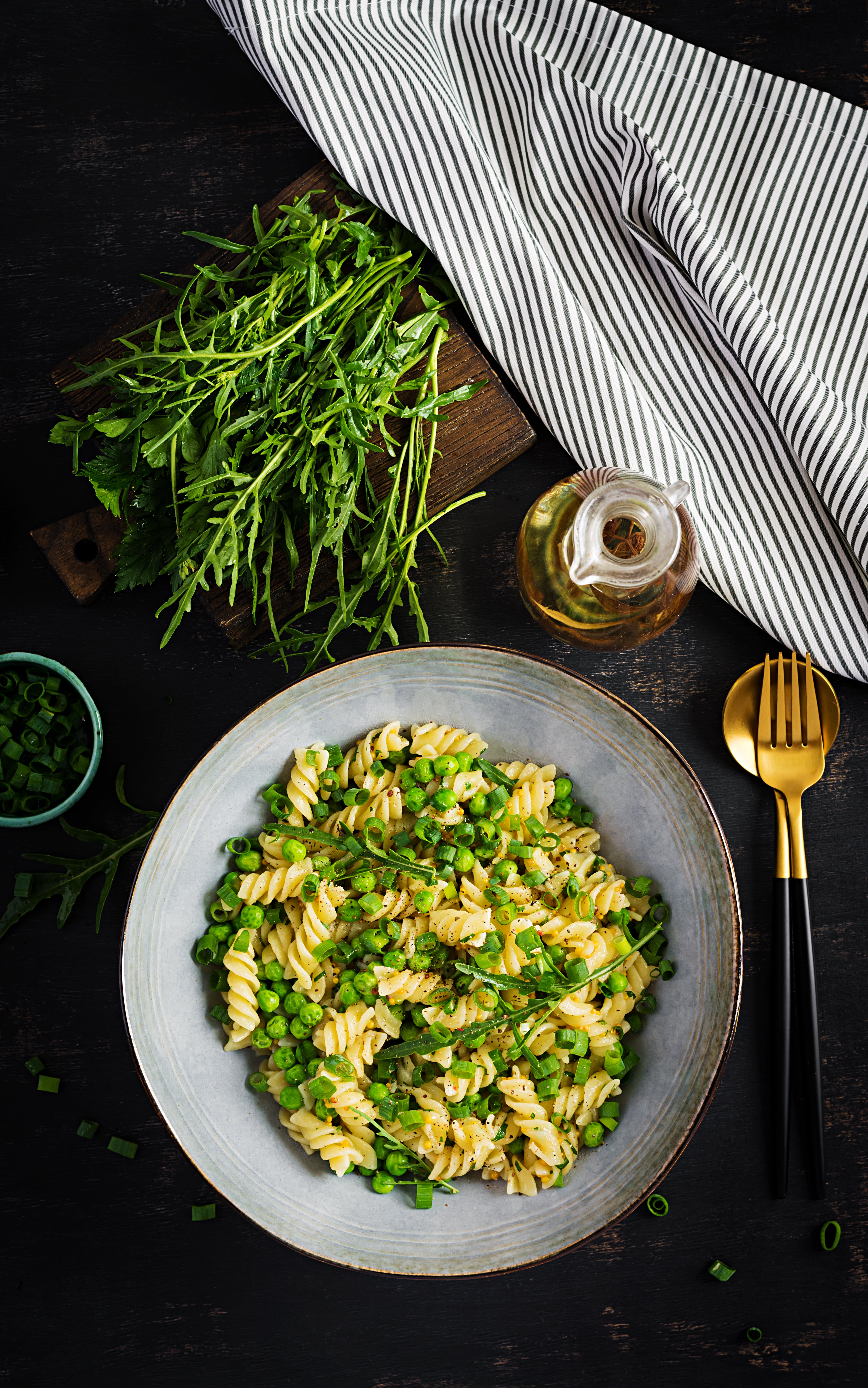Five dishes from around the world to try this week
Emily Weinstein has been perfecting her milanese; plus four other recommendations for weeknight dinners

There are some types of dishes you find the world over. They have different names on their passports and come in diverging styles, but they share delicious fundamentals. The breaded cutlet – known aliases include katsu, schnitzel and milanesa – is one of them, and a favourite of mine. So I was in heaven when I had chicken milanese last week at a restaurant, the first one I’ve had in a while, the cutlet golden and crisp, a wild heap of rocket on top and a jaunty lemon wedge on the side. It’s a full meal, and a perfect one at that.
You really can milanese (or katsu, or schnitzel) just about anything. The traditional northern Italian dish is made with veal. The version below uses flounder and adds avocado on the side, for something lighter but no less delicious. Chicken, pork, tofu, cauliflower: all can be sliced or pounded, breaded and fried, served with something acidic for perk.
Fish milanese
This fast weeknight dinner features quick-cooking flounder prepared alla milanese, the style of breading and frying meat cutlets. The fillets are lightly breaded and pan-fried until golden and crisp on the outside and tender in the middle. A lemony, brown-butter pan sauce with capers comes together quickly to add a tangy brininess to the dish. A bit of avocado on the side adds creaminess that balances the crisp fish and peppery rocket. Any leftover fish makes for terrific sandwiches the next day, stacked with lettuce, tomato, pickles and mayo.
By: Kay Chun
Serves: 4 servings
Total time: 30 minutes
Ingredients:
30g plain flour
2 large eggs, beaten
120g plain breadcrumbs
Salt and black pepper
½ tsp dried oregano
4 (140-170g) flounder fillets (or other thin white fish fillets)
6 tbsp unsalted butter
5 tbsp neutral oil, such as safflower or rapeseed
2 tbsp minced shallot
¼ tsp minced garlic
2 tbsp lemon juice, plus lemon wedges for serving
2 tbsp chopped fresh parsley
1 tbsp capers, plus 1 tbsp caper brine
1 (140g) package baby rocket
1 avocado, halved, pitted, peeled and cut into wedges (optional)
Method:
1. Place flour, eggs and breadcrumbs in three separate shallow bowls, and season each with salt and pepper. Crumble the oregano with your fingertips and add to the breadcrumbs; mix well.
2. Season fish with salt. Working with one piece at a time, dredge in flour (shake off excess), dip in egg (shake off excess) then dredge in breadcrumbs, pressing to adhere. Transfer to a large plate.
3. In a 30cm nonstick frying pan, melt 1 tbsp butter in 1 tbsp oil over medium heat. Add 2 fillets and cook until golden underneath, about 3 minutes. Flip fish and cook until golden on the second side and cooked through, 2 minutes longer. Transfer to a large paper towel-lined plate, and season with salt. Wipe out pan. Repeat with 1 tbsp butter, 1 tbsp of the oil and the remaining fish.
4. Wipe out pan and melt the remaining 4 tbsp butter over medium-low heat. Add shallot and cook, stirring occasionally, until shallot is softened and butter is golden brown, about 2 minutes. Stir in the garlic until fragrant – around 30 seconds. Add the remaining 3 tbsp oil, plus the lemon juice, parsley, capers and caper brine, and mix well. Transfer the brown-butter vinaigrette to a small heatproof bowl, and season with salt and pepper.
5. Divide the fish, rocket and avocado among plates, and drizzle with the brown-butter vinaigrette. Serve with lemon wedges.
Narjissiya with asparagus, halloumi and sumac

Narjissiya refers to any of several dishes found in medieval Arab cookery books made with sunny-side-up eggs. The word itself means “like narcissus”, a name likely chosen for the dish’s vibrant white and yellow colours, just like the narcissus (daffodil) flower. The ancient variations and ingredients were endless, from meat and broad beans to chickpeas and yoghurt, but the choice of ingredients here – and bright flavours – are inspired by spring, and asparagus, which grows wild in the fields of the Levant. The citrusy sumac and olive oil complement asparagus and eggs, but their flavours do stand out, so use the best you can find.
By: Reem Kassis
Serves: 2 to 4
Total time: 30 minutes
Ingredients:
For the pita croutons:
75g pita bread (about 1 medium pita), cut into bite-size pieces (or simply use a handful of pita chips)
For the sumac oil:
1 tbsp good-quality sumac
2 tbsp good-quality extra virgin olive oil
For the yoghurt:
125g plain yoghurt
¼ tsp salt
For the narjissiya:
2 tsp plus 1 tbsp olive oil
140-170g halloumi, cut into bite-size cubes and dried well on paper towels
1 (400g) bunch asparagus (see note), woody ends trimmed, chopped into 2.5cm pieces (about 2 heaping cups)
½ tsp salt
1 large or 2 small garlic cloves, crushed in a garlic press or minced
4 eggs
Method:
1. Prepare the pita croutons: heat oven to 180C. Arrange the pita pieces on a baking tray in an even layer. Bake until the squares are completely dry and crisp, and starting to darken in colour, about 10 to 15 minutes. (This step can be done a couple of days in advance, and the bread stored in an airtight container or a resealable plastic bag. Or you can do it while you prep the rest of the dish. Skip this step if using the pita chips.)
2. Meanwhile, prepare the sumac oil: combine the sumac and olive oil in a small bowl and mix well.
3. Prepare the yoghurt: mix together the yoghurt and salt with 1 to 2 tbsp water, just enough to get a thick drizzling consistency. Set aside.
4. In a medium cast-iron (or nonstick) frying pan, heat 2 tsp olive oil over medium. Add the halloumi pieces in a single layer. Do not move them around or flip them over until any released water evaporates and pieces start to brown, about 2 minutes. Flip them over and cook for another minute until the other side is browned. Transfer to a small plate and set aside.
5. To the same pan, add the remaining 1 tbsp olive oil and heat over medium. Add the asparagus and salt and cook, tossing around, just until bright green and glossy, about 2 minutes. Add the garlic and continue to cook for another minute or so, just until fragrant.
6. Crack the eggs over the asparagus. Return the halloumi cheese to the pan, dispersing it evenly over the whites and the asparagus, then cover the pan and cook until your desired level of doneness, about 3 to 5 minutes.
7. To serve, scatter the pita croutons over the dish, then drizzle with the yoghurt and sumac oil.
Tip: If you do not like asparagus, you can substitute it with an equal quantity (weight) of another spring vegetable, like fava beans, green beans, garden peas or even spinach.
Pasta with chopped pesto and peas

This pesto doesn’t call for a food processor, blender, or mortar and pestle – and it’s better for it. Instead, all of the elements are chopped and mashed together by hand (pesto means “to pound, crush or smash” in Italian). In Tuscany, this would be done with a half moon-shaped mezzaluna, but a chef’s knife does the job, too. The result is a more textured mix with bright pops of flavour, like a sauce, herb salad and nut garnish in one. Basil and pine nuts are classic choices, but this version works with whatever soft herbs and nuts that you like and have to hand.
By: Ali Slagle
Serves: 4
Total time: 30 minutes
Ingredients:
Salt and black pepper
60g raw walnuts, pine nuts, pistachios, almonds or a combination
56g parmesan, plus more for serving
1 large garlic clove
2 handfuls soft herbs, such as basil, parsley, mint or rocket
120ml extra-virgin olive oil, plus more for serving
450g curly pasta, such as casarecce or fusilli
280g frozen peas
Method:
1. Bring a large pot of salted water to a boil. In a small or medium frying pan over medium heat, toast nuts, shaking the skillet occasionally until browned (try one to see), 4 to 6 minutes. Transfer to a cutting board to cool.
2. As the nuts cool, into a large bowl, grate the parmesan on the small holes of a box grater (or pulse chunks in a blender).
3. Add the garlic clove and a pinch of salt to the pile of nuts and coarsely chop the nuts and garlic together. Add a handful of the herbs and another pinch of salt, and coarsely chop (opt for forceful, purposeful chops as opposed to soft, timid ones). Toss and smash the mixture every few chops. Repeat with the remaining herbs, salting at each step, until a wet, coarse paste forms. Stir into the cheese, then stir in the olive oil. Season to taste with salt and pepper.
4. Add the pasta to the boiling water and cook until al dente. In the last 3 minutes of cooking, add the peas to the pasta. Reserve 1 cup pasta water, then drain. Add the pasta and peas to the pesto and stir to combine. Add pasta water as needed to loosen the sauce. Season to taste with salt, pepper, more oil and more parmesan.
Sticky coconut chicken and rice
This comforting one-pot chicken dish features fragrant coconut rice infused with aromatic ginger, garlic and spring onions, and studded with toasty cashews. The cashews soften as the rice steams, adding subtle nuttiness to the dish. Chicken thighs absorb the coconut milk as they cook, which keeps the meat tender and juicy. Fresh chopped coriander brightens the dish, while hot sauce adds nice heat and tang to balance the creamy, rich and slightly sweet rice.
By: Kay Chun
Serves: 4 servings
Total time: 45 minutes
Ingredients:
680g boneless, skinless chicken thighs, each thigh cut into 2 equal-sized pieces
60ml neutral oil, such as safflower or rapeseed
2 tsp salt
½ tsp black pepper
2 tbsp minced fresh ginger
1 tbsp minced garlic
300g short-grain white rice, rinsed until water runs clear
400ml low-sodium chicken broth
1 (400ml) tin full-fat coconut milk
1 yellow bell pepper, cored, seeded and chopped (1.5cm pieces)
70g roasted cashews, coarsely chopped
3 spring onions, green and white parts, thinly sliced
2 tbsp coarsely chopped coriander
Hot sauce, for serving
Method:
1. Heat oven to 190C. Rub chicken with 1 tbsp oil, and season with 1 tsp of salt and ¼ tsp of pepper.
2. In a large casserole dish, heat 2 tbsp of the oil over medium. Working in two batches, brown chicken, turning halfway, until no longer pink, around 5 minutes per batch. Transfer to a plate.
3. Add the remaining 1 tbsp oil, the ginger and the garlic to the empty pot, and stir until fragrant, 30 seconds. Add rice and stir until evenly coated in the oil. Add broth, coconut milk, bell pepper, cashews, spring onions and the remaining 1 tsp salt and ¼ tsp pepper. Stir to lift up any browned bits on the bottom of the pot. Arrange chicken on top, add any accumulated juices from the plate and bring to a boil over high.
4. Cover and bake until all of the liquid is absorbed, rice is tender and chicken is cooked through, 25 minutes. Scatter coriander over the chicken and rice, then divide among bowls. Serve with hot sauce.
Sopa de fideo
Sopa de fideo is a quick and comforting Mexican staple that is particularly good on a chilly weeknight. The acidity from tomatoes, the bold garlic flavour and the luscious strands of fideo, a thin noodle similar to angel hair that’s typically included in Mexican soups, make for a hearty dish. Toppings for sopa de fideo vary, but common garnishes include avocado slices, sautéed mushrooms, lime juice, queso fresco, cooked potatoes, Mexican cream – the list goes on!
By: Jocelyn Ramirez
Serves: 4
Total time: 45 minutes
Ingredients:
4 large garlic cloves, peeled
450g beefsteak tomatoes, quartered
½ tsp red-pepper flakes
1 tbsp ground cumin
1 tbsp coarse salt
60ml neutral cooking oil, such as grapeseed
225g 2.5cm fideo
2 celery stalks, whole
1 carrot, whole
1 dried bay leaf
Method:
1. Add the garlic, tomatoes, red-pepper flakes, cumin and salt to a blender, and blend until smooth. Set aside.
2. Heat a medium pot over medium, then add the oil. Add the fideo to the hot oil and cook until toasted and aromatic, about 5 minutes. Be sure to constantly mix the fideo so it toasts evenly.
3. Reduce the heat to low, then add the blended tomato mixture.
4. Add 1.2 litres of water to the pot, along with the celery, carrot and bay leaf. Mix and taste for salt, adjusting if necessary.
5. Increase to medium heat until simmering, then reduce to medium-low. Cook for 25 minutes, stirring occasionally, until the fideo is cooked through, the soup has melded together and the liquid has thickened.
6. Remove the celery, carrot and bay leaf, and discard. Serve soup in bowls and top with any of your favourite sopa de fideo toppings.
© The New York Times
Join our commenting forum
Join thought-provoking conversations, follow other Independent readers and see their replies
Comments
Bookmark popover
Removed from bookmarks